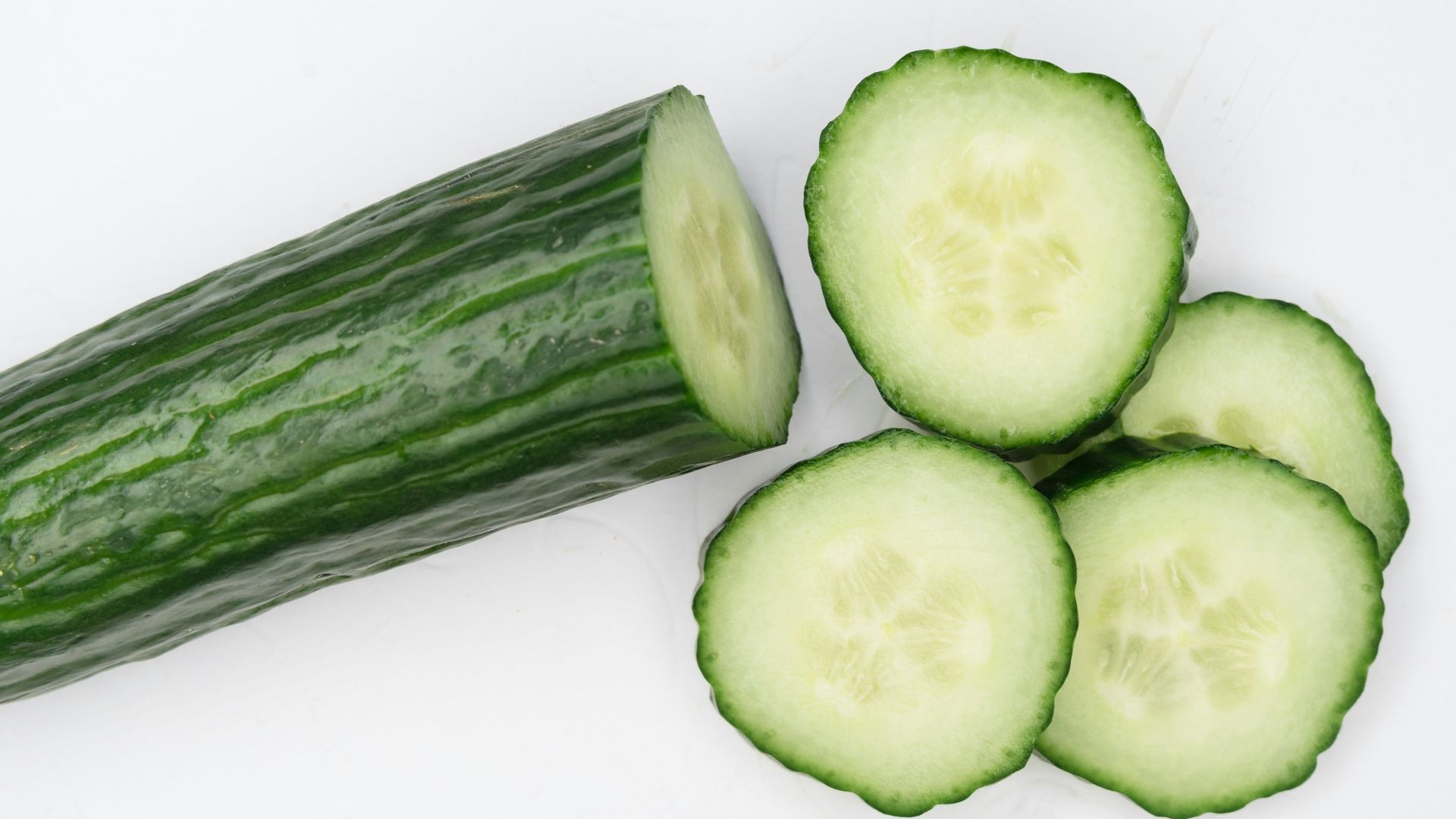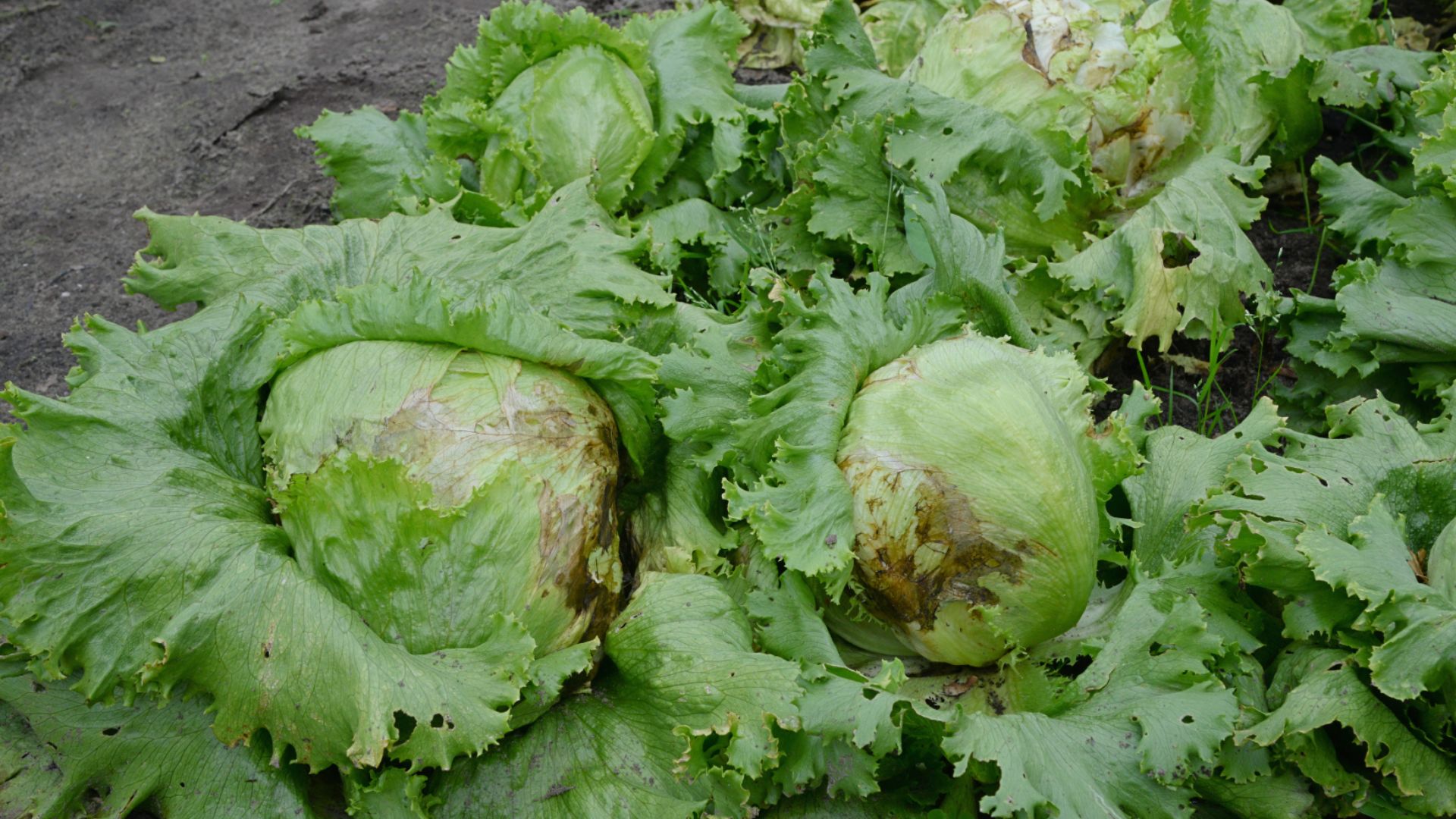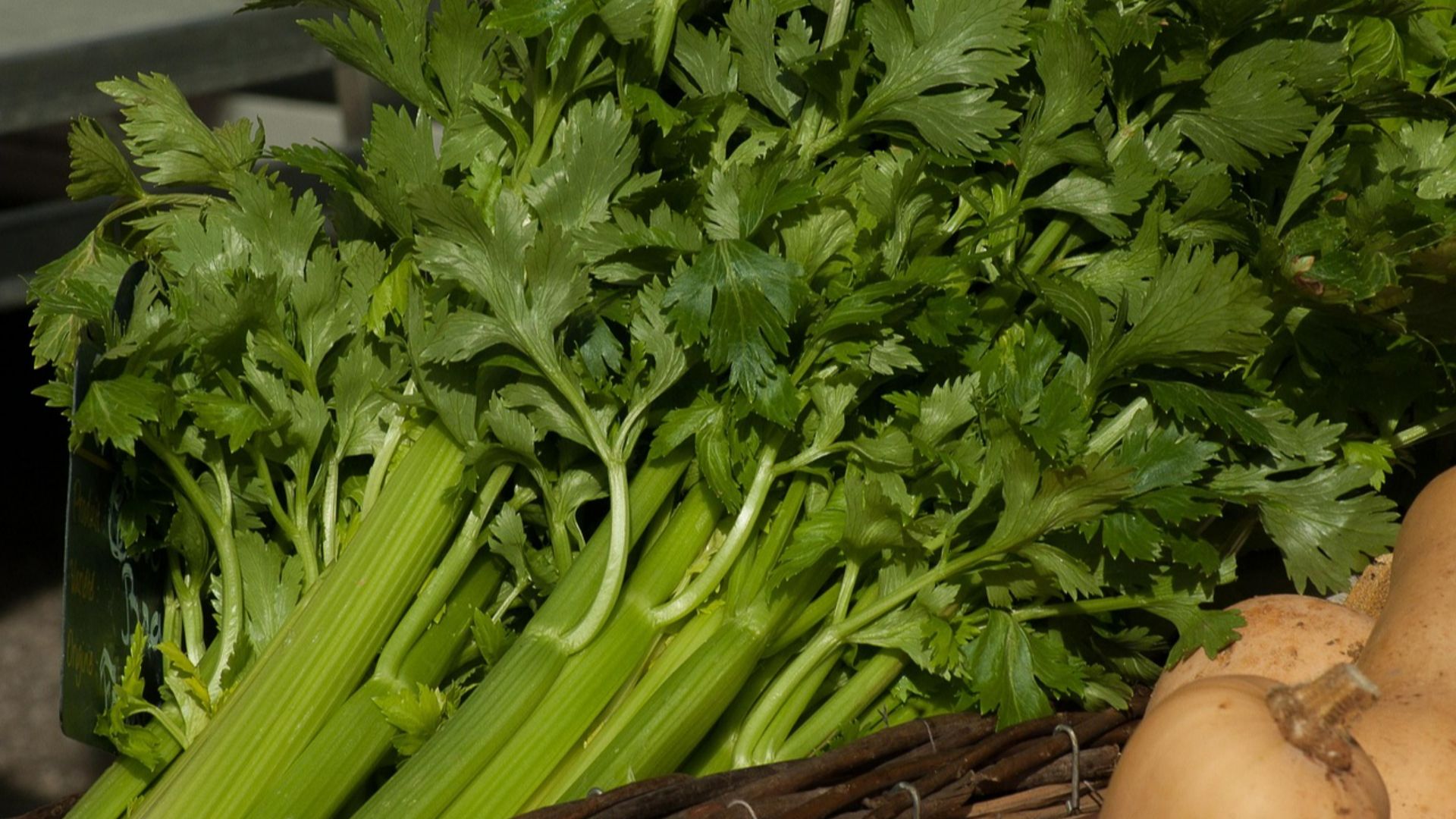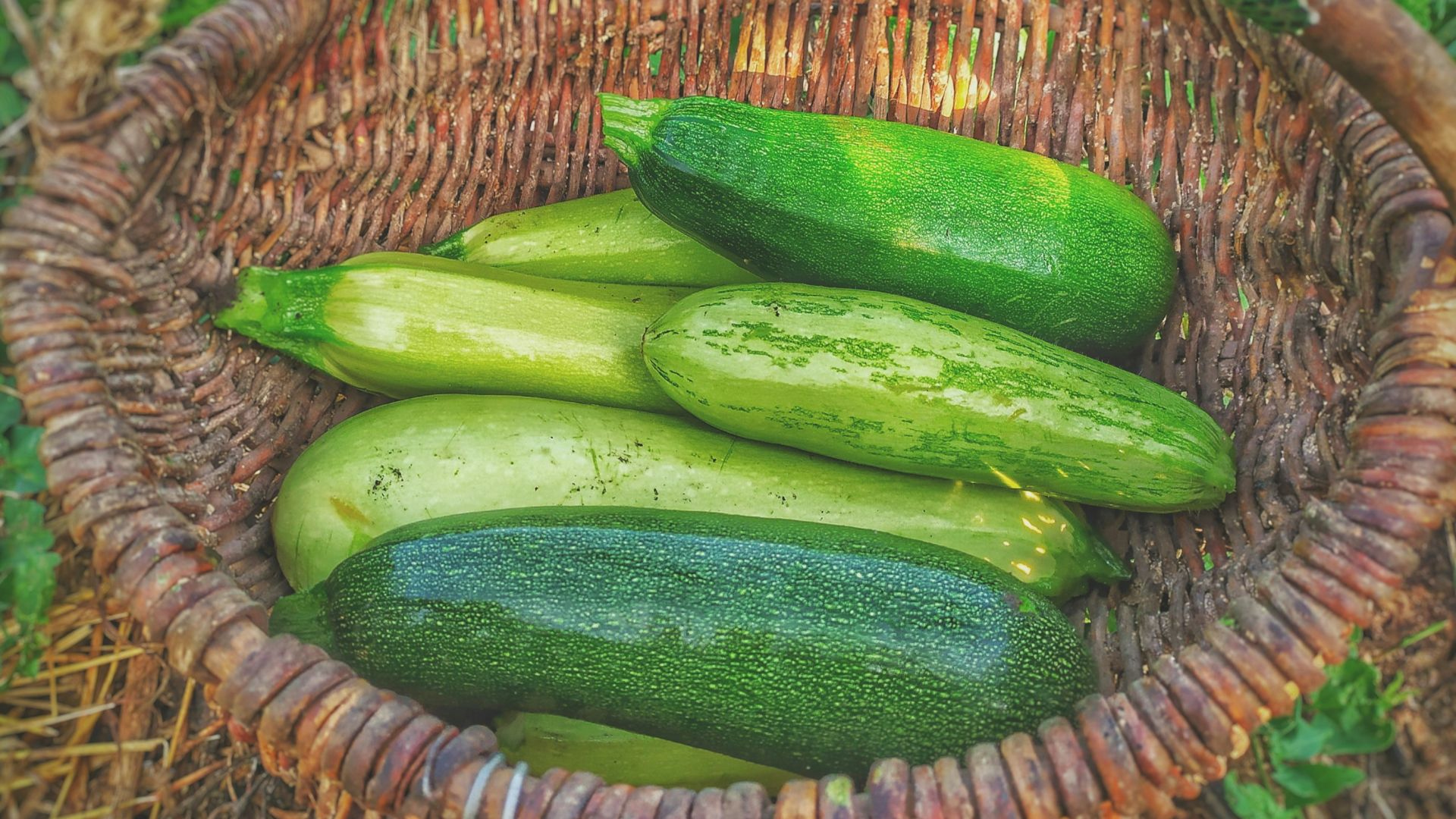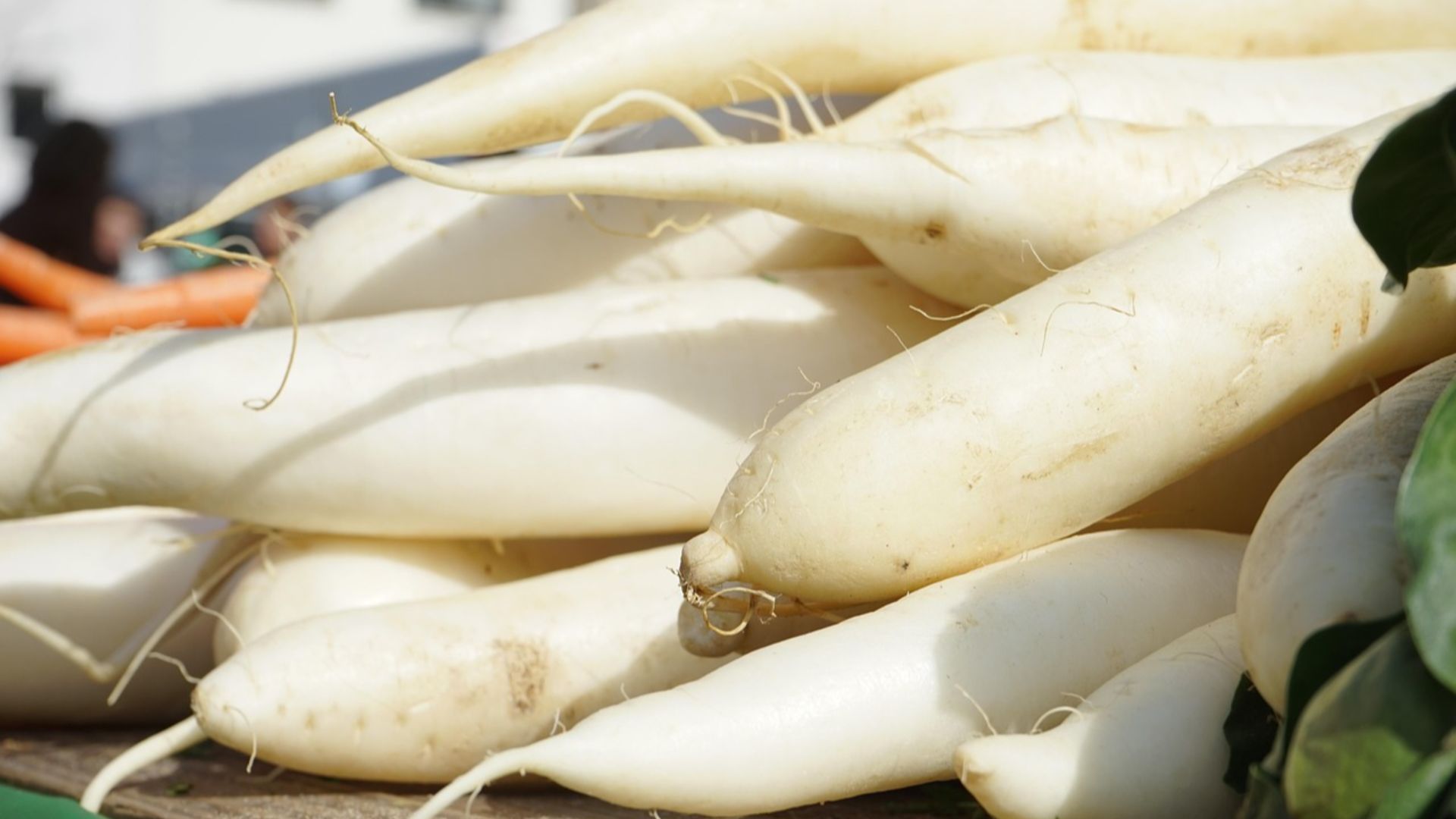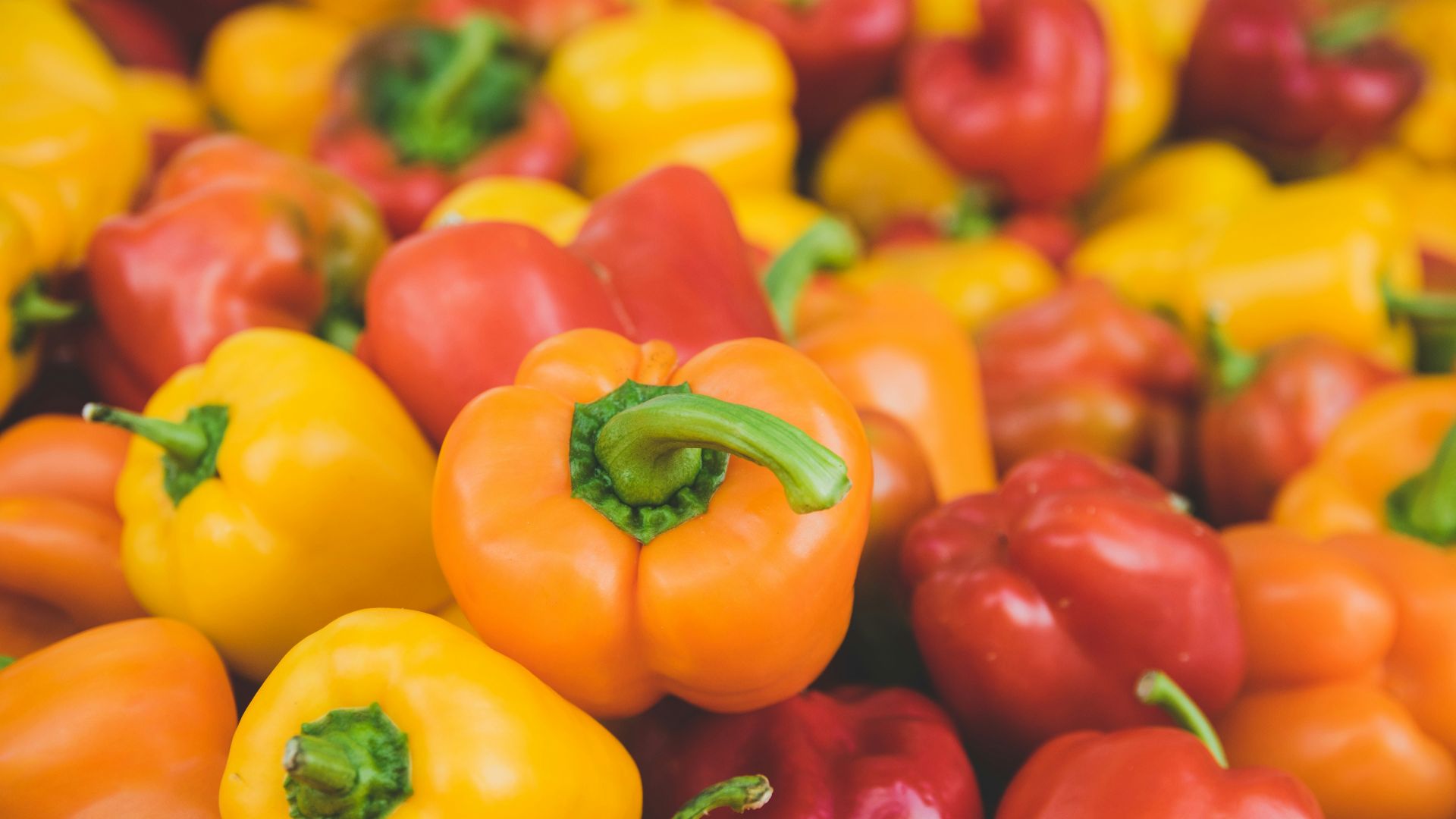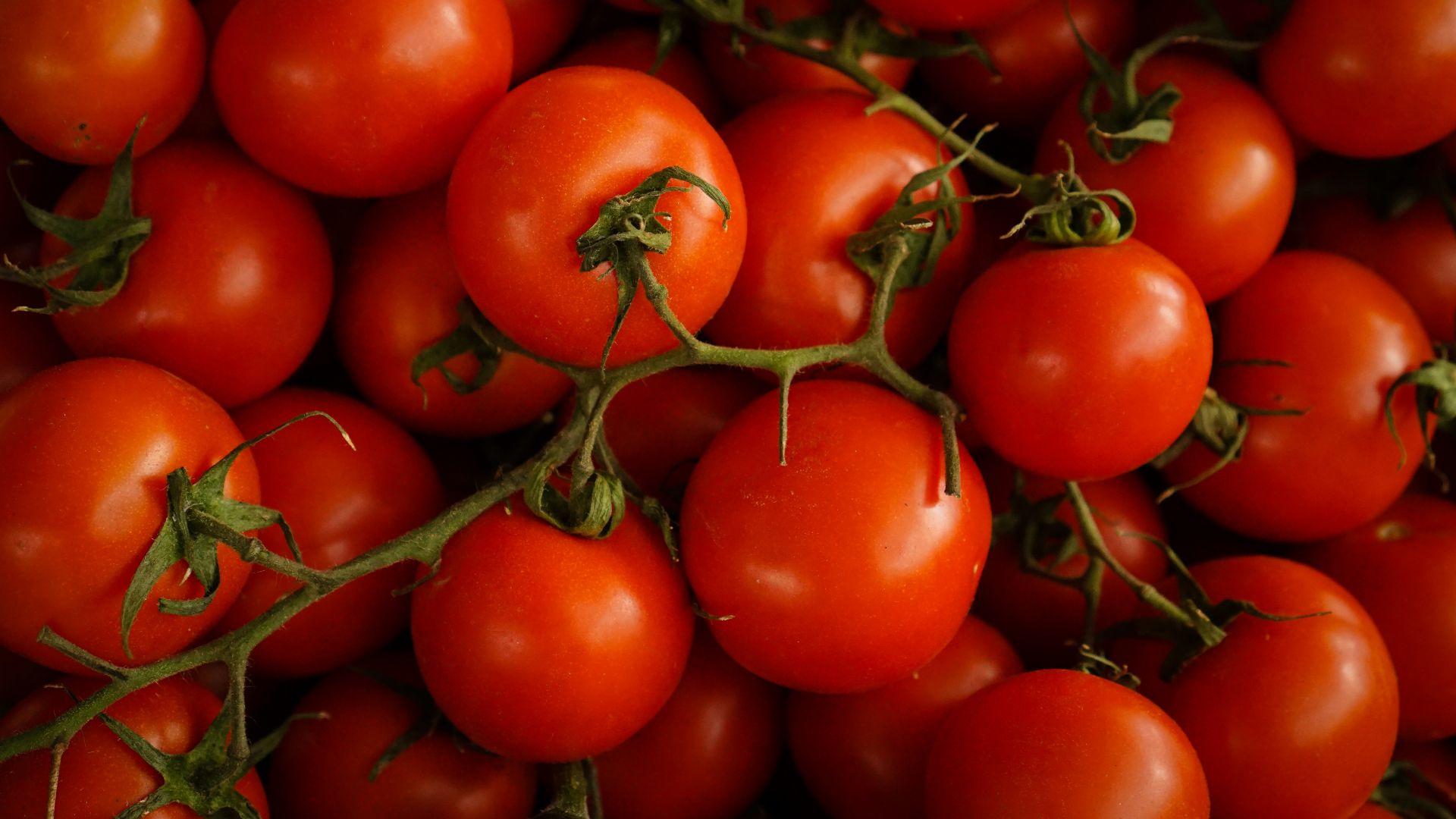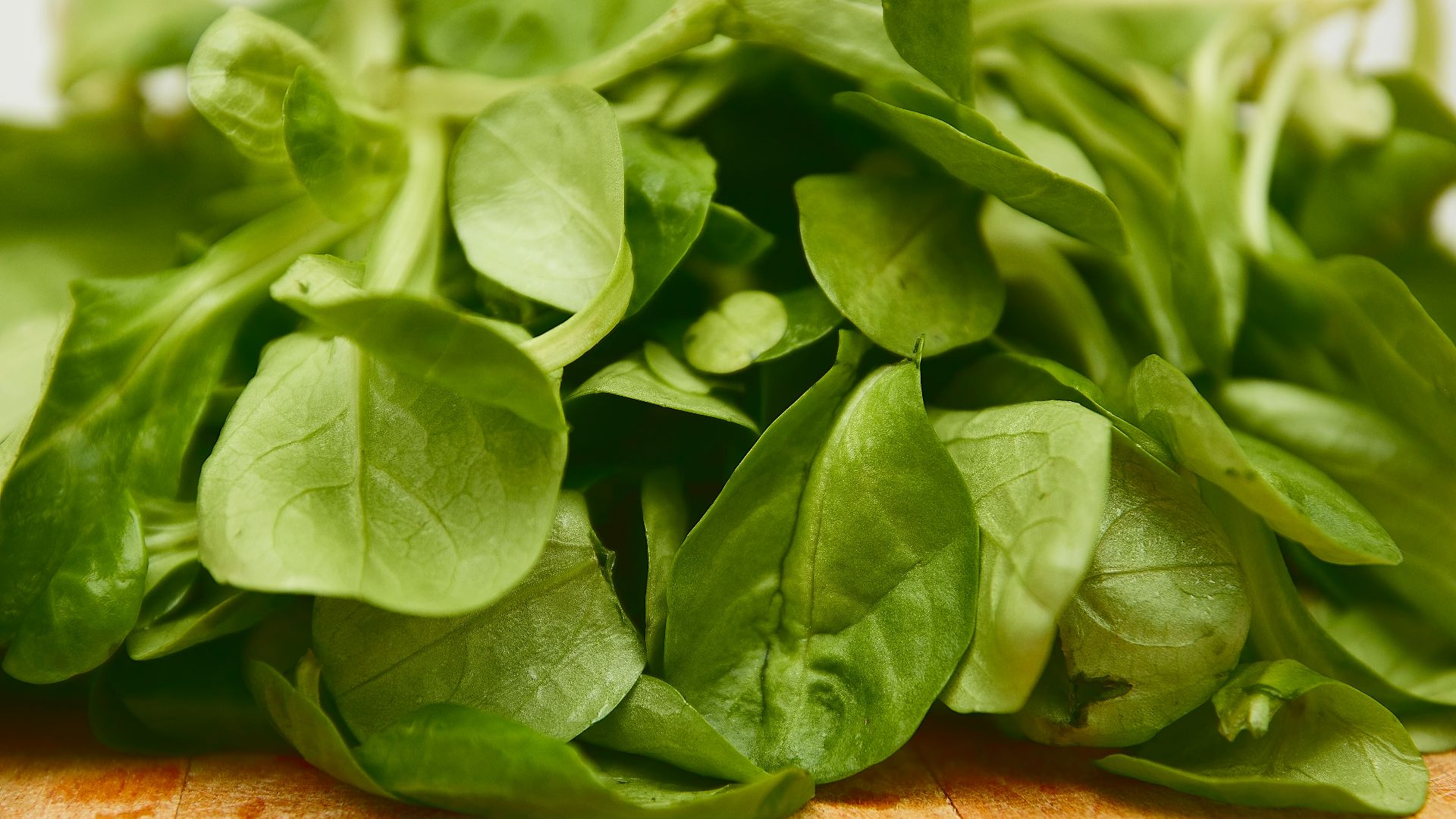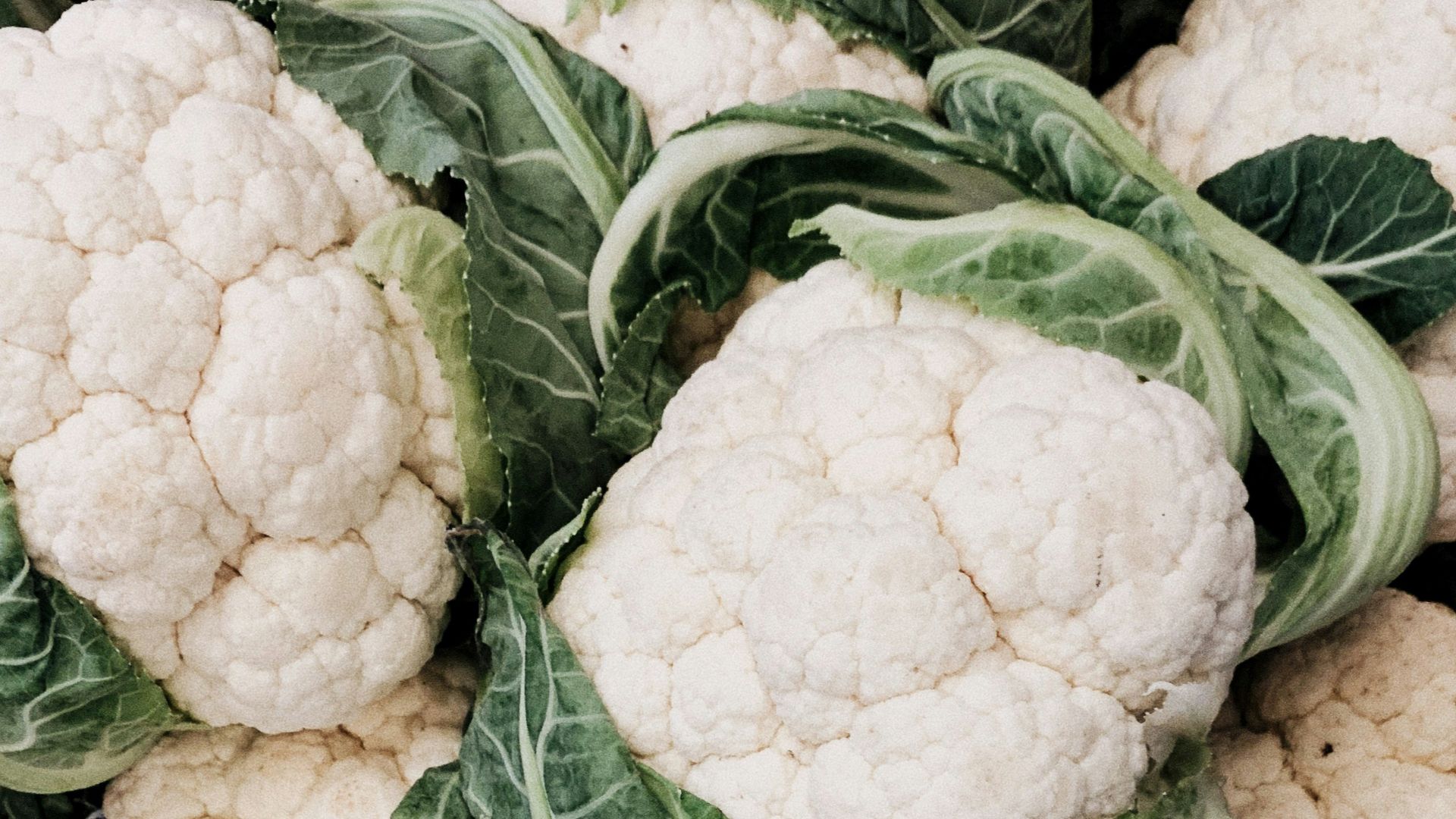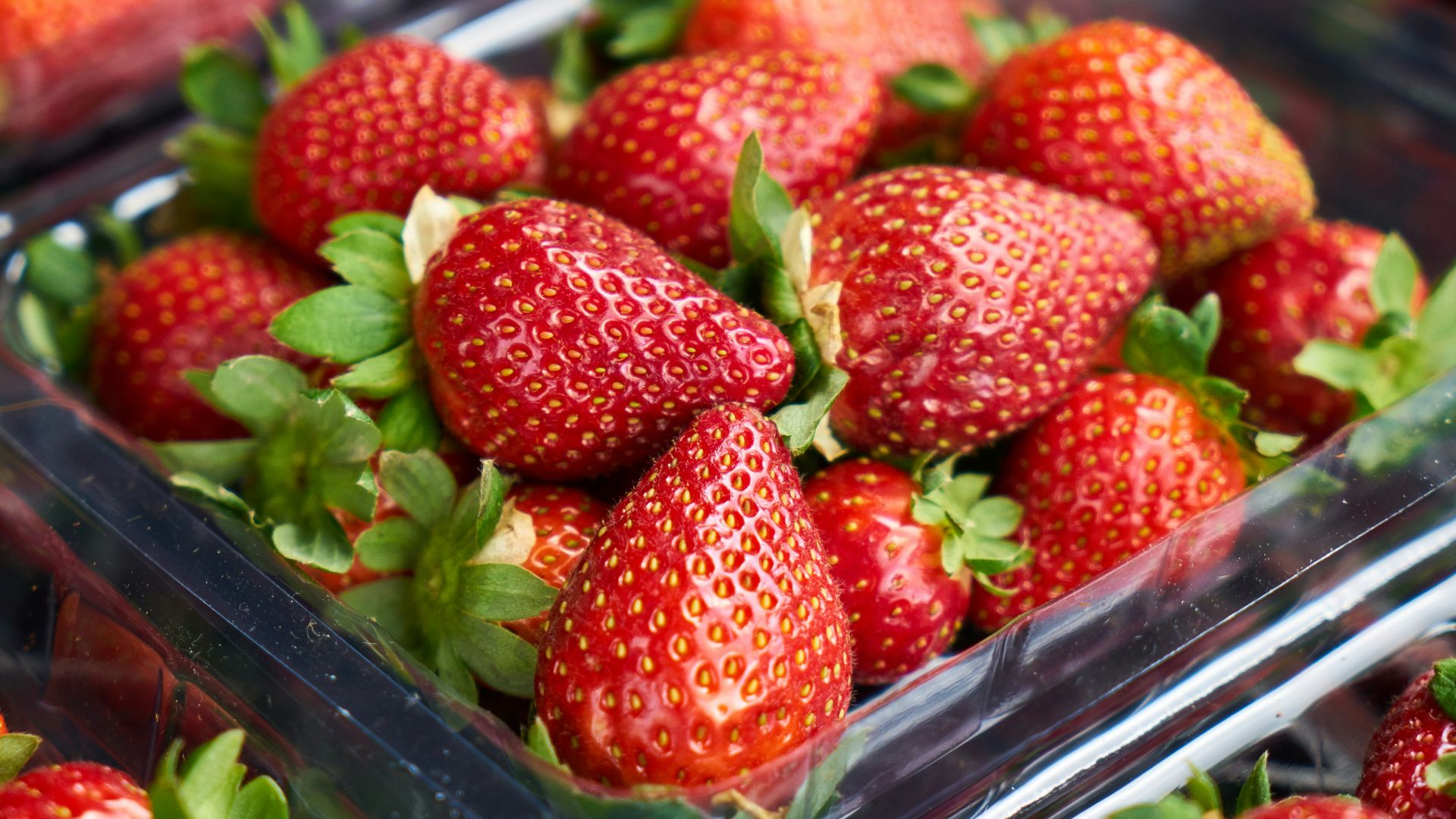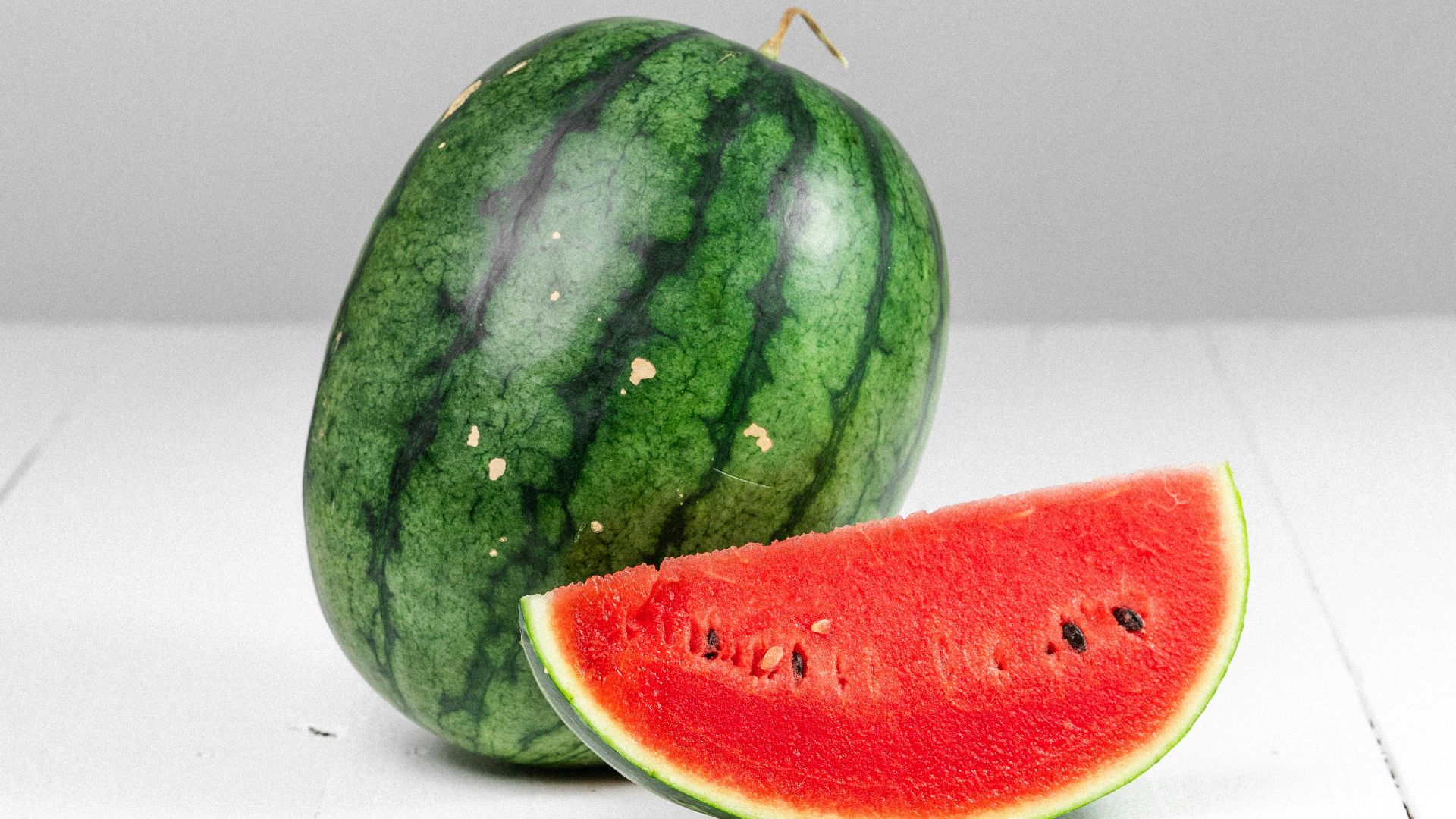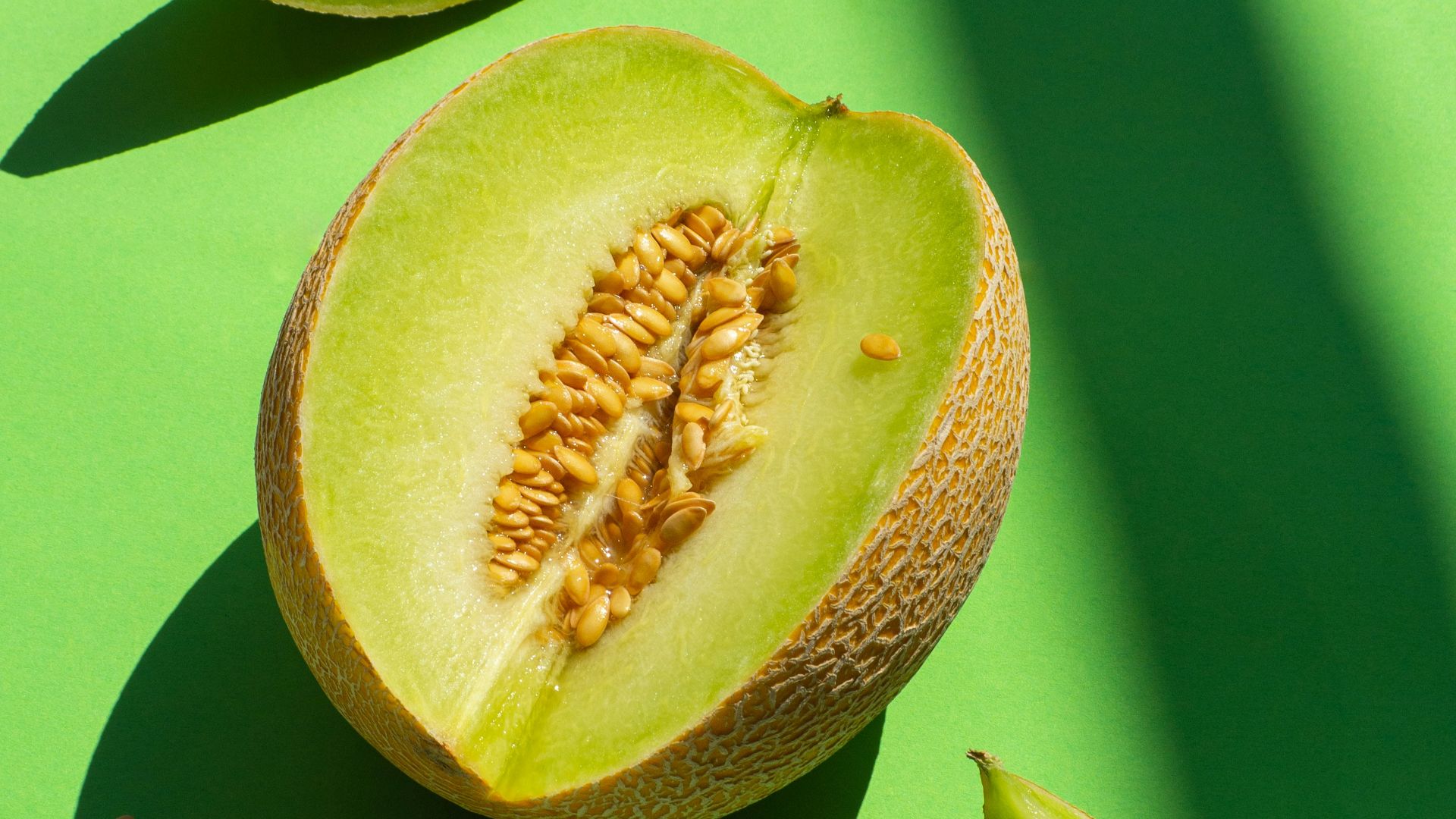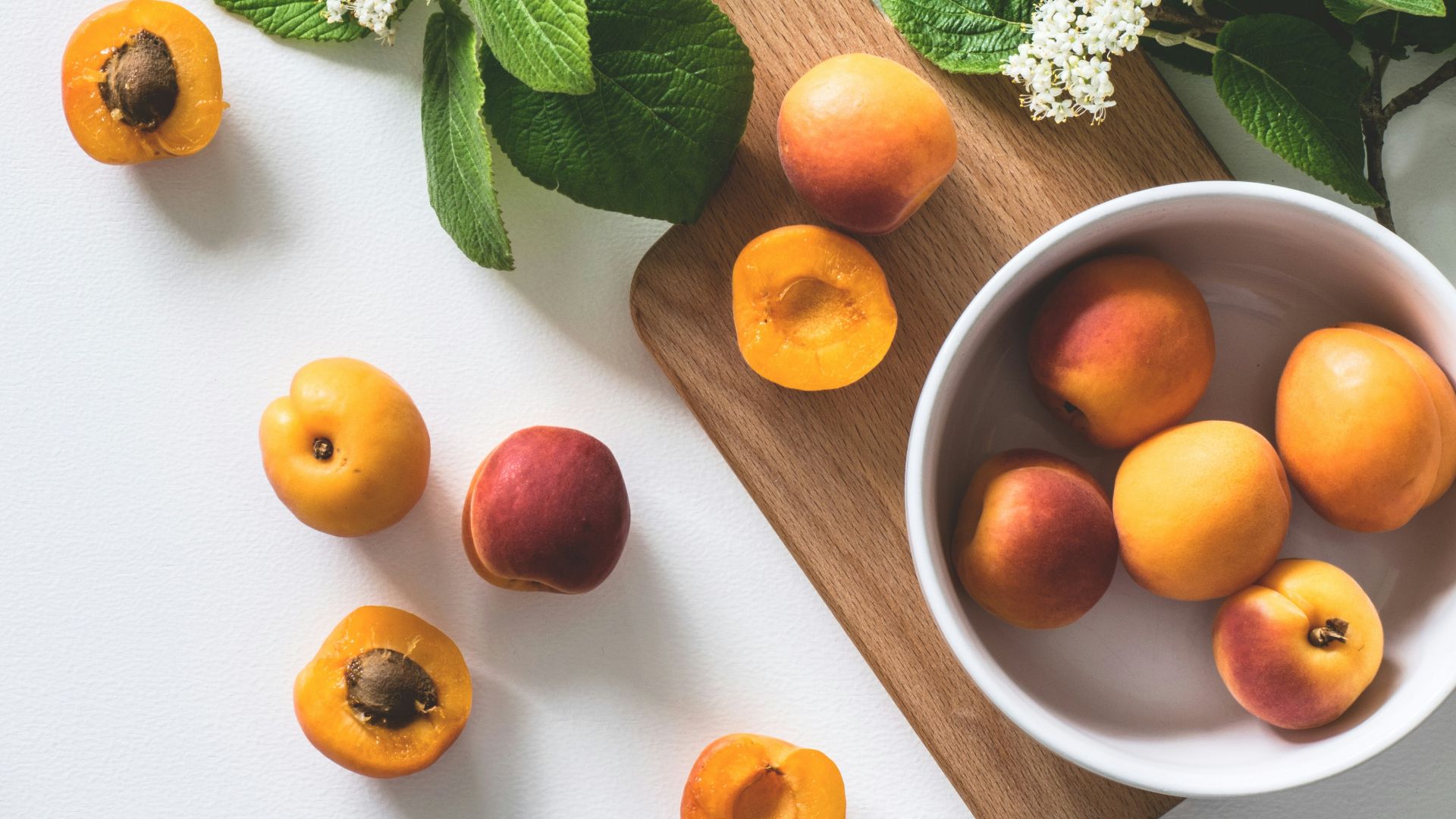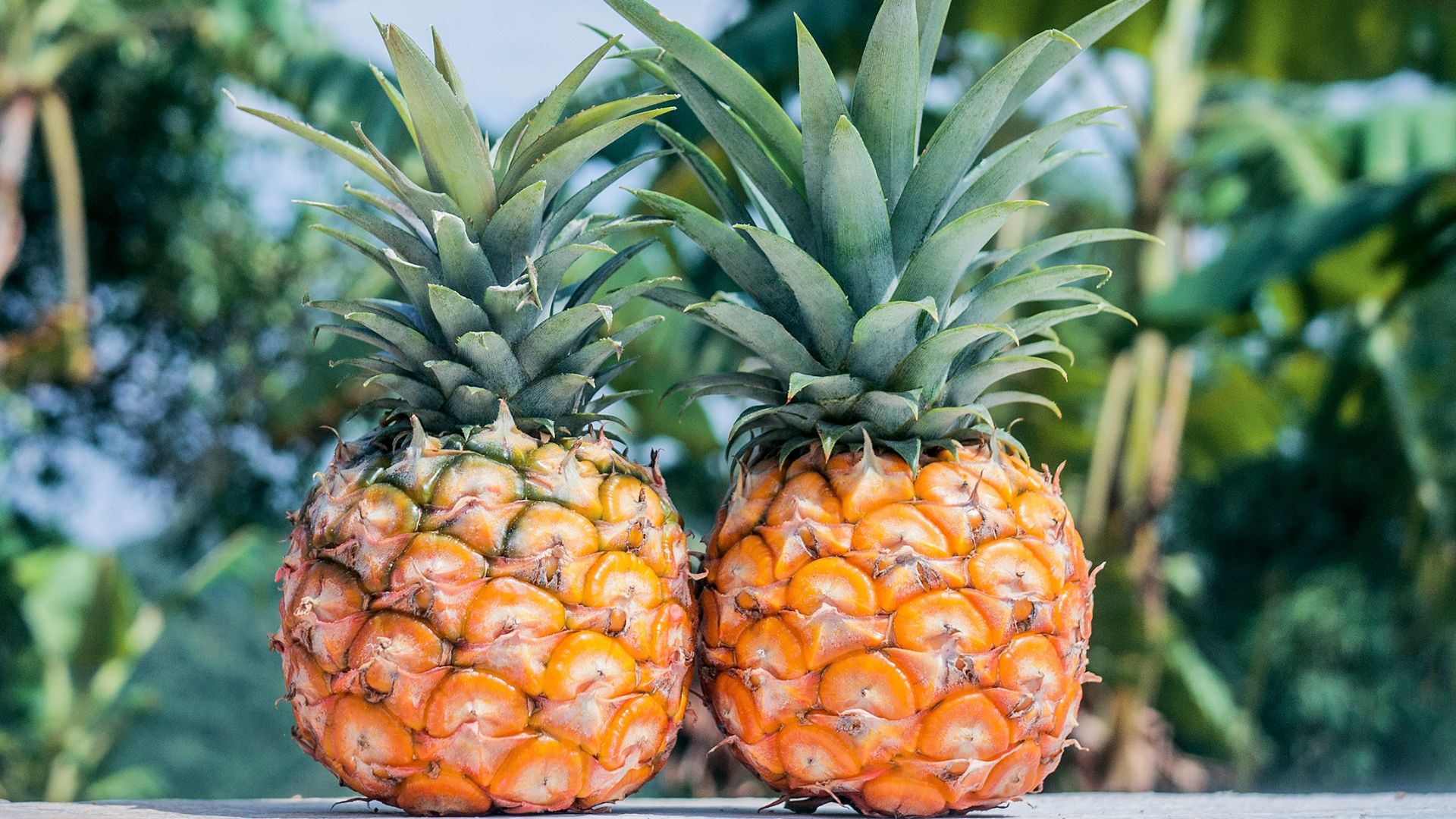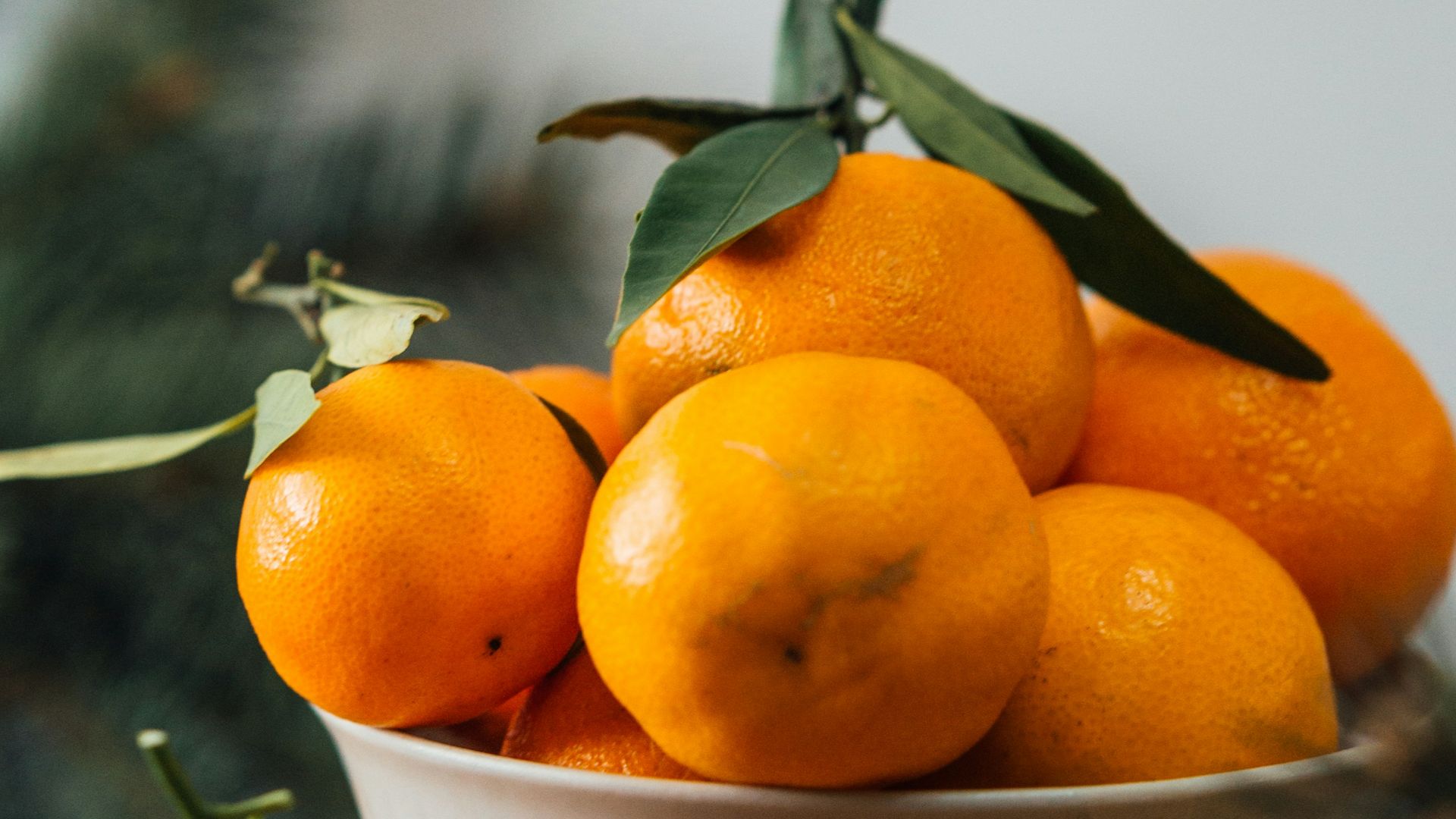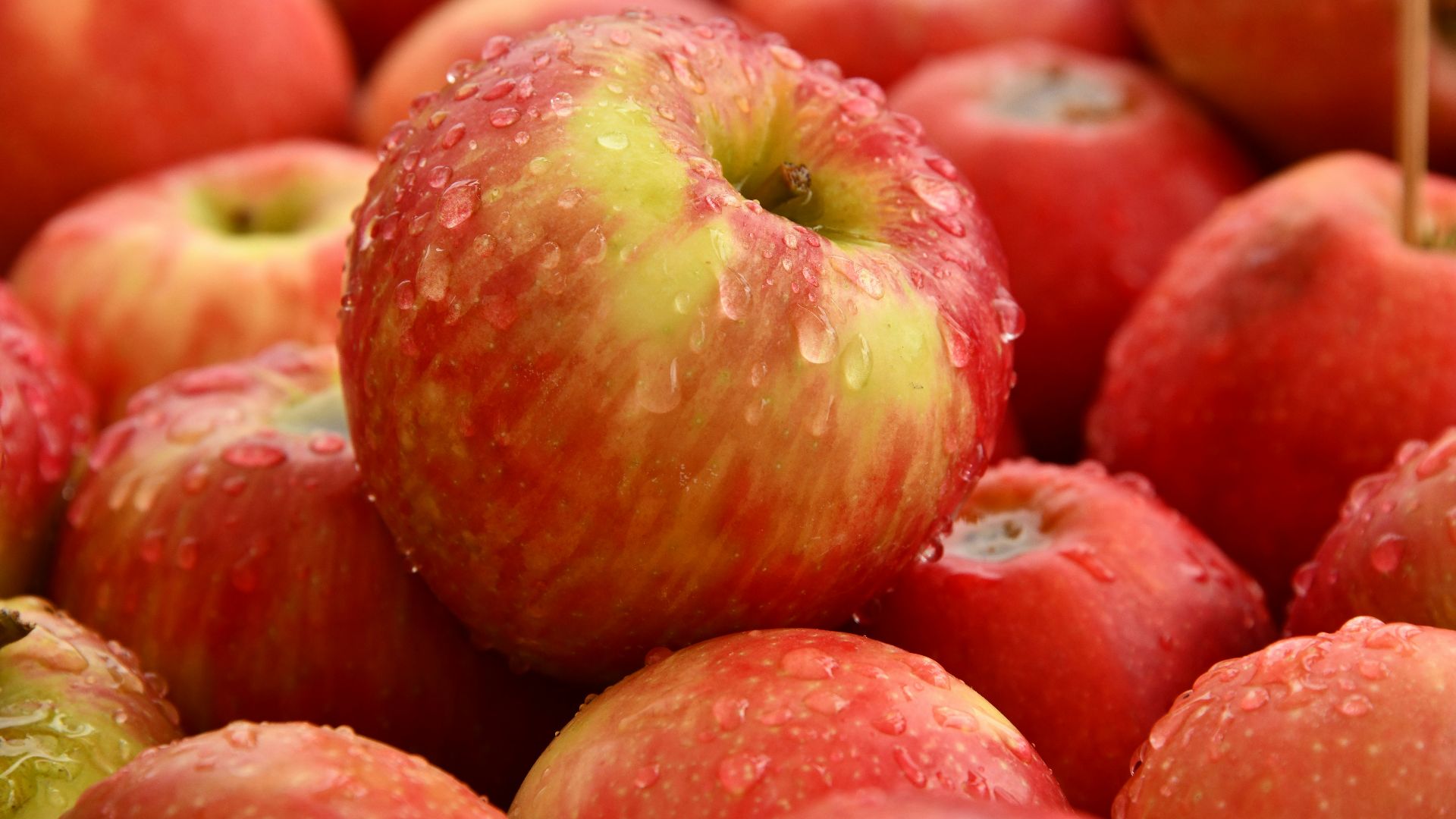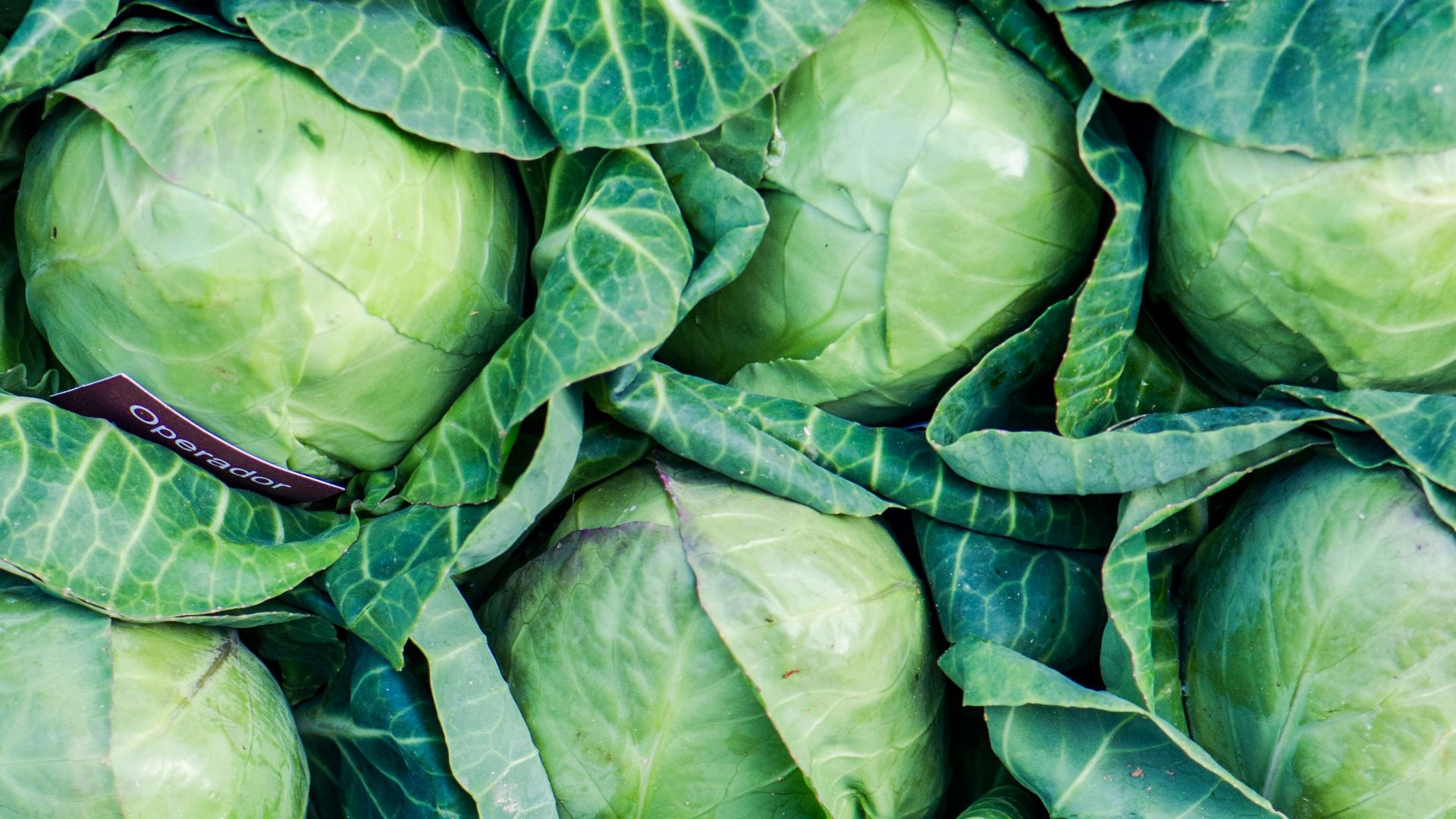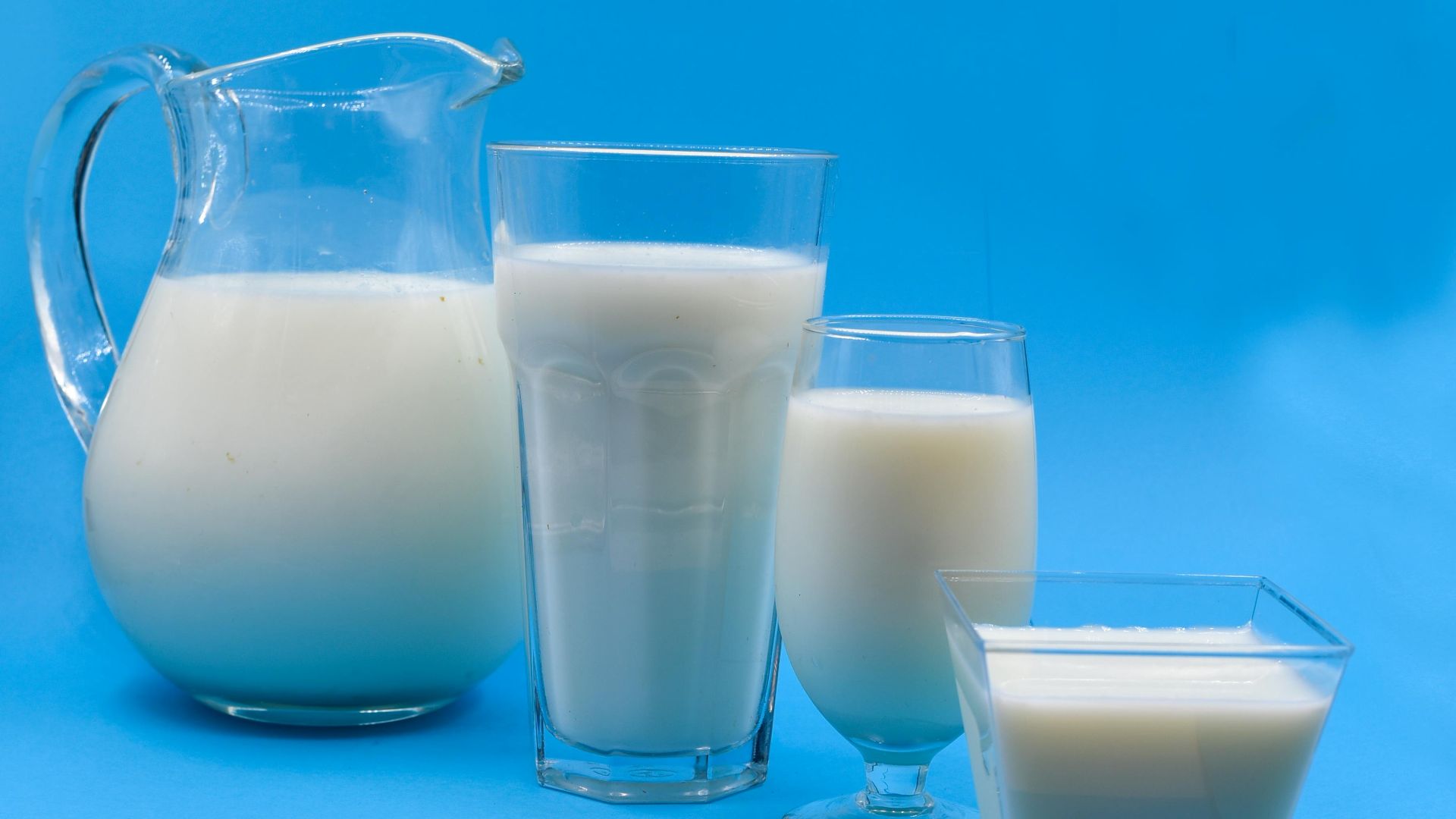Dive Into These Hydrating Foods
A cold drink isn't the only way to rehydrate. Some foods quietly do the job just as well, without you even thinking about it. They've got moisture, minerals, and more going on beneath the surface. So, let's look at the top 20 foods with the highest percentage of water content. They can keep you hydrated all day long and taste great!
1. Cucumber (96%)
Slice into hydration with this summer staple. Crunchy and low in calories, cucumbers help regulate body temperature and ease digestion. Perfect for hot days or post-workout recovery, they also contain silica, which supports joint health and connective tissues.
2. Iceberg Lettuce (96%)
Cold and crisp, iceberg lettuce isn't just sandwich filler. This leafy green sneaks hydration into tacos and burgers. Often criticized for lacking nutrients, it actually supplies folate and potassium, two essentials your nervous system and muscles rely on during dehydration.
3. Celery (95%)
Munching on celery is like sipping water with crunch. Packed with 95% water and a pinch of sodium, it helps maintain electrolyte balance during warm weather. Celery also contains apigenin, a plant compound linked to inflammation control and blood vessel relaxation—perks worth chewing over.
4. Zucchini (95%)
Zucchini thrives in summer—and so does your hydration when you eat it. Grill it or bake it into chips. Zucchini also supports your kidneys and skin. Moreover, its high potassium content aids fluid regulation, especially when paired with other watery veggies.
5. Radishes (95%)
Peppery and overlooked, radishes are quietly powerful. Ever noticed how cooling they feel? That’s not just taste but moisture release. Rich in sulfur-based compounds like glucosinolates, radishes also support liver detoxification, which makes them a valuable option for warm-weather cleansing meals.
6. Bell Peppers (92%)
Crunch meets color with bell peppers. Green, red, yellow—each hydrates while offering vitamin C boosts. Red peppers contain the highest vitamin C content, nearly three times that of an orange, so along with hydration, they are ideal for immune support, too.
7. Tomatoes (94%)
The juicy and sweet tomatoes hold water and a secret weapon: lycopene. This antioxidant-rich fruit doubles as a hydration tool and skin protector, especially under the sun. Tomatoes also contain potassium and beta-carotene—nutrients that assist in fluid balance and protect against heat stress.
8. Spinach (91%)
Iron-rich and quick to wilt in heat, spinach has a surprisingly high water content of 91%. It’s a go-to for athletes, thanks to its magnesium and nitrate levels, which support blood flow. Store it in sealed containers, as it loses moisture fast when exposed.
9. Cauliflower (92%)
Cauliflower is surprisingly juicy. When roasted, it retains moisture while offering fiber and antioxidants. A member of the Brassica family, it also contains sulforaphane, which is linked to cellular detox and hydration efficiency. That’s more than your average floret brings to the table.
10. Strawberries (91%)
Before sports drinks existed, strawberries were nature’s hydration aid. With plenty of water and a hefty dose of vitamin C, they support immune defenses and skin elasticity. Their seeds also offer small amounts of fiber and minerals—tiny specs with a surprising nutritional bonus.
11. Watermelon (92%)
It’s all in the name. Ancient Egyptians used watermelon for hydration during desert travel. That legacy still holds. Only a few fruits rehydrate this fast. Watermelon is also rich in citrulline, which may be helpful for tackling soreness of the muscles.
12. Cantaloupe (90%)
Beta-carotene glows inside the orange flesh of cantaloupes like a built-in sunscreen. This melon supports eye health and tissue recovery. During peak season, its scent intensifies as moisture condenses inside the rind—your nose actually detects how juicy it is before your taste buds do.
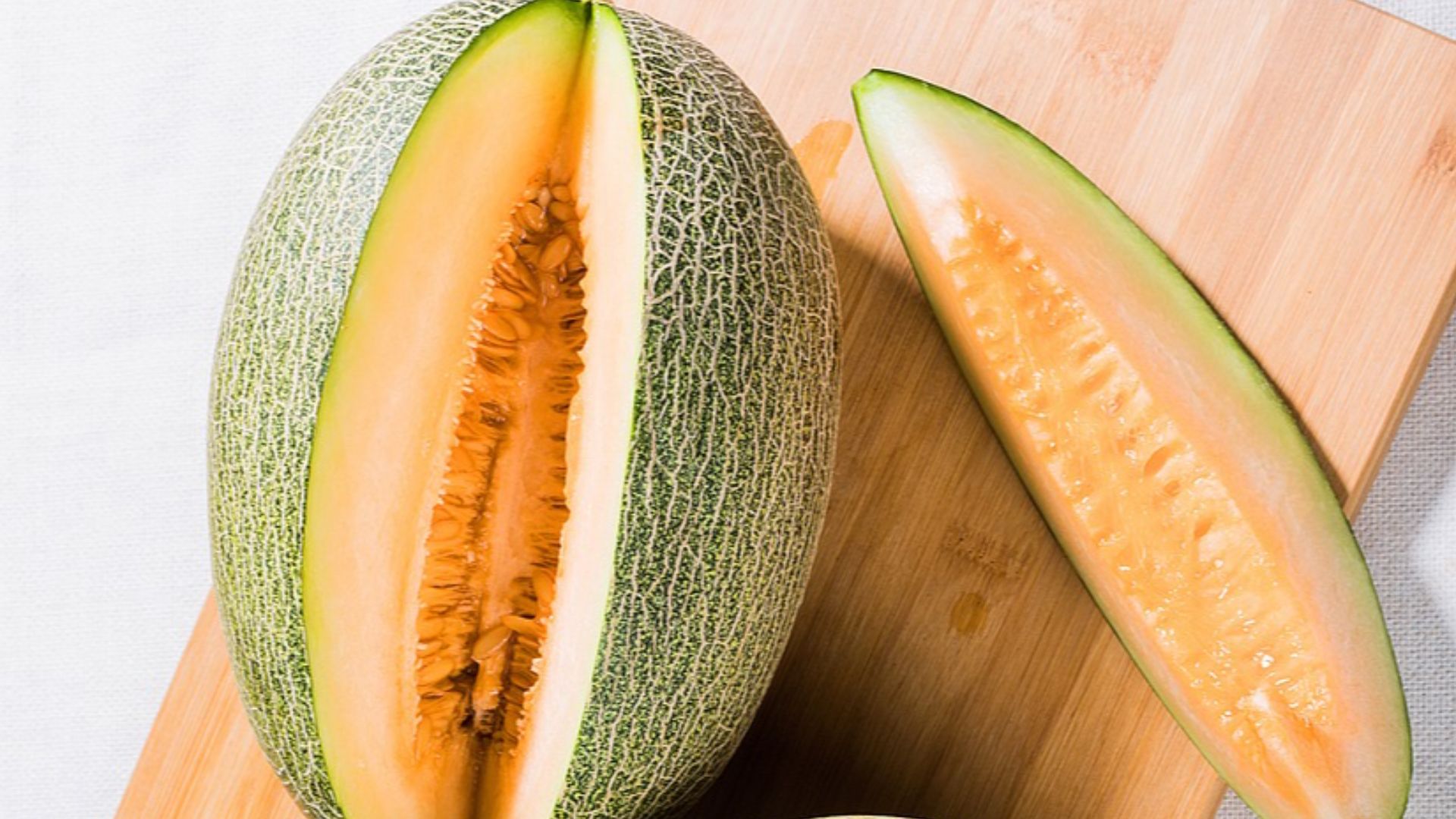 we-o_rd35u4njkftjjtbg7 on Pixabay
we-o_rd35u4njkftjjtbg7 on Pixabay
13. Honeydew Melon (90%)
This pale green melon doesn’t shout for attention, but its water content makes it a hydration powerhouse. It’s loaded with potassium, essential for regulating heartbeat and muscle contractions. One overlooked trick? Freeze the juice into popsicles for hot-weather hydration that you don’t need to chew.
14. Peaches (89%)
Praised in ancient Persia, peaches once symbolized longevity, and for good reason. They help restore hydration and ease digestion due to their gentle fiber content. Don’t toss the skin: it’s packed with antioxidants that reduce cell stress during prolonged sun exposure or physical exertion.
15. Pineapple (86%)
Hydration with an edge—pineapple also delivers a shot of manganese, which is helpful for collagen formation. Its sharp bite comes from bromelain, which speeds up protein digestion. For centuries, it’s been used in tropical medicine to ease heat exhaustion symptoms and fight post-fever fatigue.
16. Oranges (87%)
Long before vitamin supplements, sailors used oranges to prevent dehydration-related illnesses like scurvy. These citrus classics offer flavonoids that reduce inflammation and keep blood vessels supple. Want more value? The white pith beneath the peel contains prebiotics that fuel your gut’s hydration response.
17. Apples (85%)
Every crunchy bite hides a quiet truth: apples hold 85% water content, with most of it locked beneath the skin. Their soluble fiber, pectin, slows fluid release and hydrates gradually rather than in a rush. That’s why hikers often carry apples for hydration, which doesn’t vanish after ten minutes.
18. Broccoli (89%)
Steam rises off a plate of broccoli, but its core still carries a lot of water. More than a hydration source, broccoli offers sulforaphane, a plant compound that supports cellular detox. It’s one of the few vegetables that provides both vitamin C and calcium, which is helpful for fluid regulation.
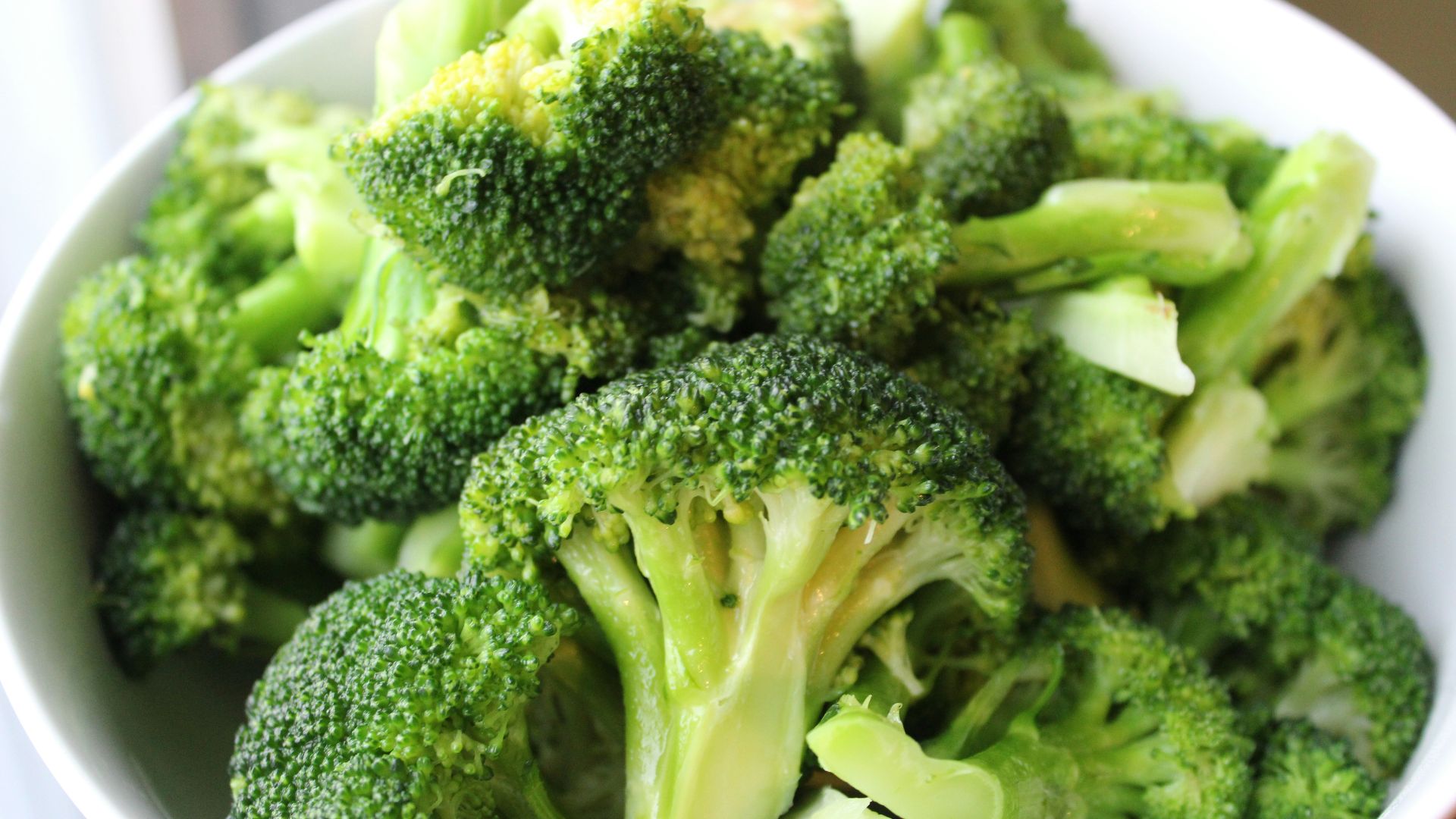 Tyrrell Fitness And Nutrition on Unsplash
Tyrrell Fitness And Nutrition on Unsplash
19. Cabbage (92%)
Along with water, this cruciferous workhorse is naturally high in glutamine, which may contribute to gut lining integrity. During WWII, cabbage leaves were even wrapped around injuries to keep wounds moist. Inside or out, it’s hydration with history and biochemical precision.
20. Skim Milk (91%)
In clinical settings, skim milk is often used post-exercise as a rehydration fluid, beating some sports drinks in effectiveness and recovery time. It comes with a nutritional payload, too. Skim milk delivers electrolytes like sodium and potassium, plus protein to support muscle repair.
KEEP ON READING

20 Foods Perfect For A Low-Carb Diet




